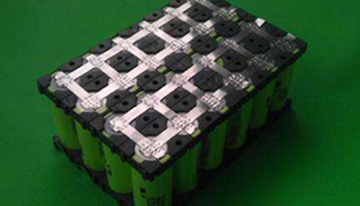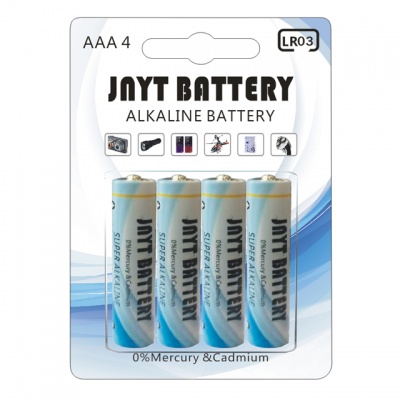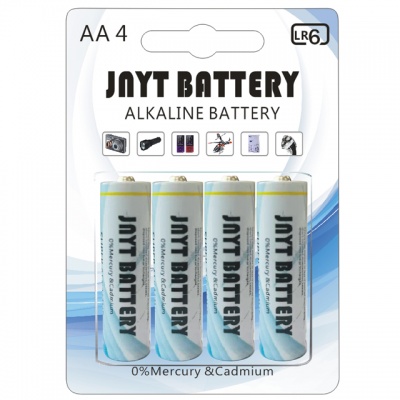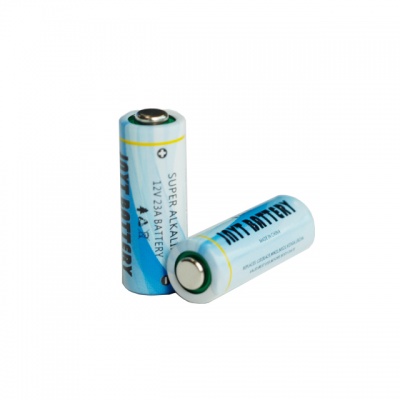
One of the main reasons for the decline of lithium-ion battery capacity over time is the degradation of the widely used graphite anode, that is, the negative electrode of the battery. The anode, together with the cathode and electrolyte (or the medium carrying charge between the two terminals), provides an environment in which electrochemical reactions can occur for the charging and discharging of the battery. However, graphite needs an adhesive to prevent it from spreading with use. The most widely used adhesive today, polyvinylidene fluoride (PVDF), has a series of disadvantages, which makes it far from an ideal material.
In order to solve these problems, a research team of Japan Institute of advanced science and Technology (JAIST) is studying a new adhesive made of bis imino acenaphthoquinone hydroquinone (BP) copolymer.
Their latest research was published on ACS applied energy materials, led by Professor Noriyoshi Matsumi, with the participation of Professor Tatsuo Kaneko, senior lecturer rajashekar Badam, doctoral student agman Gupta and former postdoctoral researcher aniruddha nag.
So what are the advantages of BP copolymer over traditional PVDF adhesive? First, BP adhesive provides significantly better mechanical stability and adhesion to anode. This is partly due to the so-called π - π interaction between diaminoacenaphthene group and graphite, as well as the good adhesion of copolymer ligands to the copper collector of the battery.
Secondly, BP copolymer not only has much better conductivity than PVDF, but also can form a thinner conductive solid electrolyte interface with lower resistance. Third, BP copolymer is not easy to react with electrolyte, which also greatly prevents its degradation. The combination of all these advantages leads to some serious performance improvements, which are proved by experimental measurements.
Professor Matsumi said: "half cells using PVDF as binder show only 65% of the original capacity after about 500 charge discharge cycles, while half cells using BP copolymer as binder show 95% capacity retention after more than 1700 such cycles. The half cell based on BP copolymer also shows very high and stable coulomb efficiency, which is a measure to compare the power flowing into and out of the battery in a specific cycle; This also shows the long-term durability of the battery. The adhesive images taken by scanning electron microscope before and after cycling show that only small cracks are formed on BP copolymer, while PVDF is already forming large cracks when the number of cycles is less than one third of the total.
The theoretical and experimental results of this study will pave the way for the development of durable lithium-ion batteries. In turn, this could have far-reaching economic and environmental impacts, as professor Matsumi explained. "Achieving durable batteries will help develop more reliable products for long-term use," he said. This will encourage consumers to buy more expensive battery based assets, such as electric vehicles, which will be used for many years.










